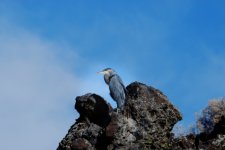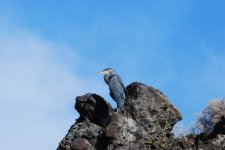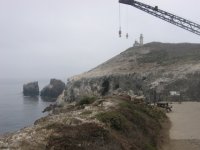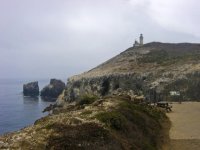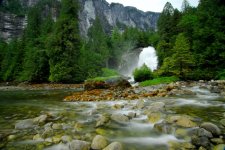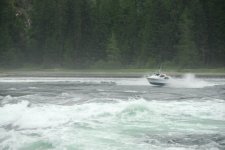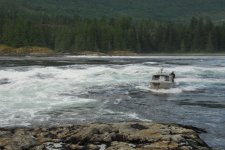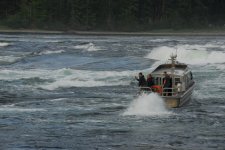Mike,
Digital results can come close to Velvia, but Velvia always seems to be more lifelike to me. The color rendition, while vivid, is more natural looking.
Among digital cameras I think Canon has the edge over Nikon in terms of color rendition, especially with the 5D. The Nikon colors sometimes seem "fake" with the saturation bumped up a bit and dull with the saturation at 0. This can often be adjusted in PP, but I often don't have the patience for lots of PP. Just out of curiosity, how would you edit that waterfall shot? It's always good to learn from pros.
On the subject of a photo contest, I think this is a great idea. Perhaps C-Dory would be interested in sponsoring one? I remember reading a post recently where they were asking for photos, perhaps a contest is a good way to get people interested. There could be different categories, interior, running, anchored, etc. The prizes wouldn't have to be big-hats, shirts...
Anyway, just an idea.

